Movie About Dreaming a Continuous Story
Dreams and nightmares are a big part of our sleep, whether we like it or not. When you dream, you enter an unknown realm of imaginative landscapes, bizarre storylines, or downright a living hell you want to escape. Dreams and nightmares often make no sense and leave you feeling confused after waking up. For this reason, the ever-existing fascination with dreams and nightmares has left us wanting to explore them, and they become commonly used themes in cinema.
Dreams, just like our imagination, can be infinite, and this allows artists such as writers and filmmakers to paint their own stories as real or wild as they want them to be. From Alice in Wonderland to Inception and 8½ , these movies best showcase the crazy thing we all experience: dreams and nightmares.
'Inception'
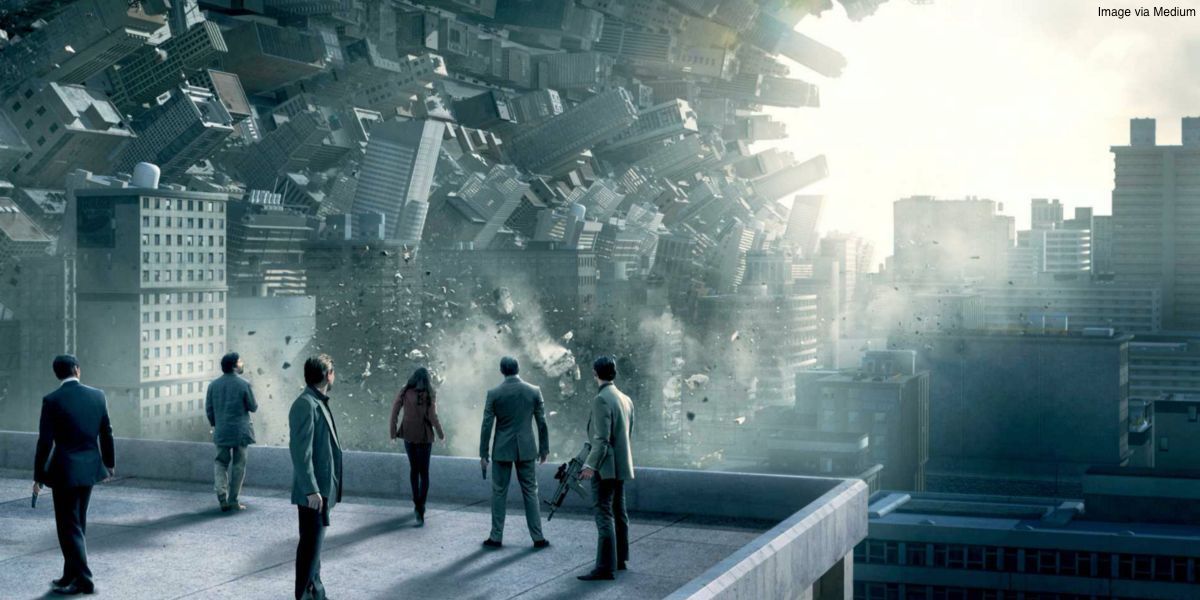
Inception is a science fiction film written and directed by Christopher Nolan. It follows Dom Cobb (Leonardo DiCaprio), a thief with a unique ability to infiltrate people's subconscious and steals their dreams to use them against them. Impressed by Cobb's ability, a Japanese businessman offers him a once-in-a-lifetime opportunity to have his criminal history completely erased if he can implant a person's idea into another person's subconscious; if he executes this, then the perfect crime exists. Arthur (Joseph Gordon-Levitt) serves as Cobb's partner and assists with their missions.
When asked how Nolan first came up with the concept for the film, he wanted to explore "the idea of people sharing a dream space…that gives you the ability to access somebody's unconscious mind. What would that be used, and abused for?", which later became the whole concept of the film. The ending is perhaps one of the most talked-about and debated ones of all time: the spinning of the spinning top; are they still in a dream?
'Source Code'
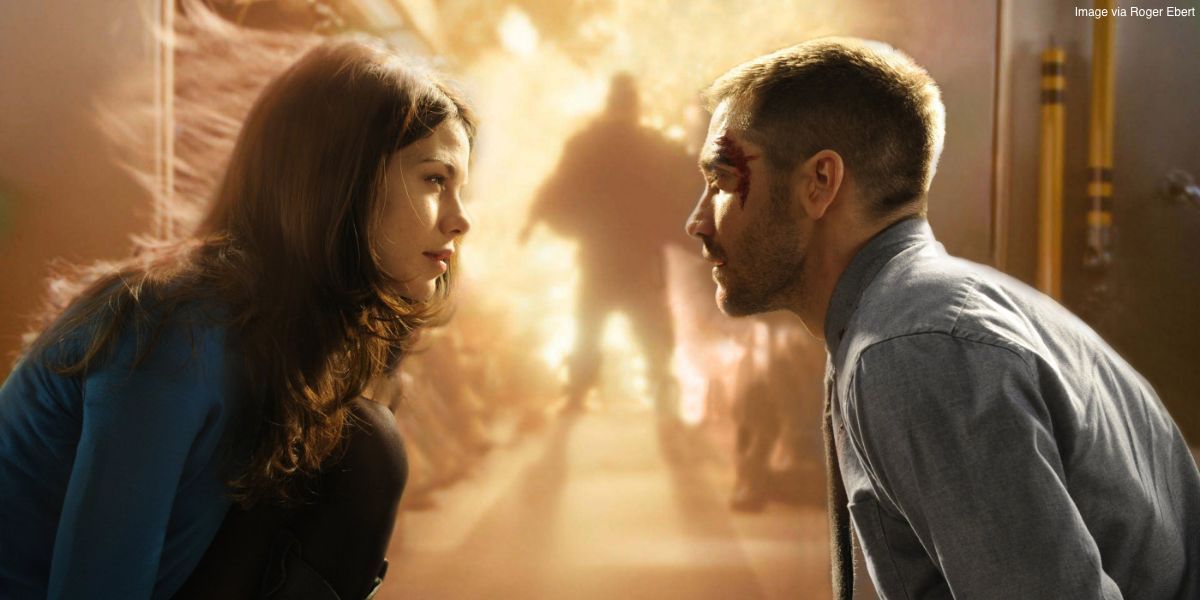
Source Code follows a U.S. Army Captain Colter Stevens (Jake Gyllenhaal), who wakes up on a moving Metra (commuter train). The situation shocks and disorientates Steven, whose last memory of being awake was flying a mission in Afghanistan. When he looks at a reflection of himself in the train windows and mirrors, however, he appears to be a school teacher named Sean Fentress. Soon after, the train explodes, and it kills everyone aboard. Once again, Steven wakes up in a strange setting - except this time in a cockpit.
As he wakes up, Air Force Captain Colleen Goodwin (Vera Farmiga), through a video screen, informs him of his mission to find the train bomber and stop the explosion before he is sent back to the moment he wakes up on the train. Though Stevens initially believed he was in a simulation, he later found out that his real body is a capsule in the "Source Code", an experimental machine that reconstructs past events with the help of, in this case, the memories of the train's dead passengers.
'Alice in Wonderland'

Alice in Wonderland brought author Lewis Carroll's fantasy tale to life. The 1951 animated classic follows the journey of Alice (Kathryn Beaumont), who spots a White Rabbit and chases it down a rabbit hole. It leads to another door which turns out to be a magical world called Wonderland, where she encounters an odd array of characters such as the Cheshire Cat (Sterling Holloway), the Mad Hatter (Ed Wynn), and the Queen of Hearts (Verna Felton).
Things start to get unruly when Alice ends up in court due to the tricks of the Chesire Cat, and this forces Alice to flee the place and return to the small door where she first entered Wonderland. As she looks through the keyhole, she sees herself sleeping. Alice wakes up and realizes it was all just a dream.
'A Nightmare on Elm Street'
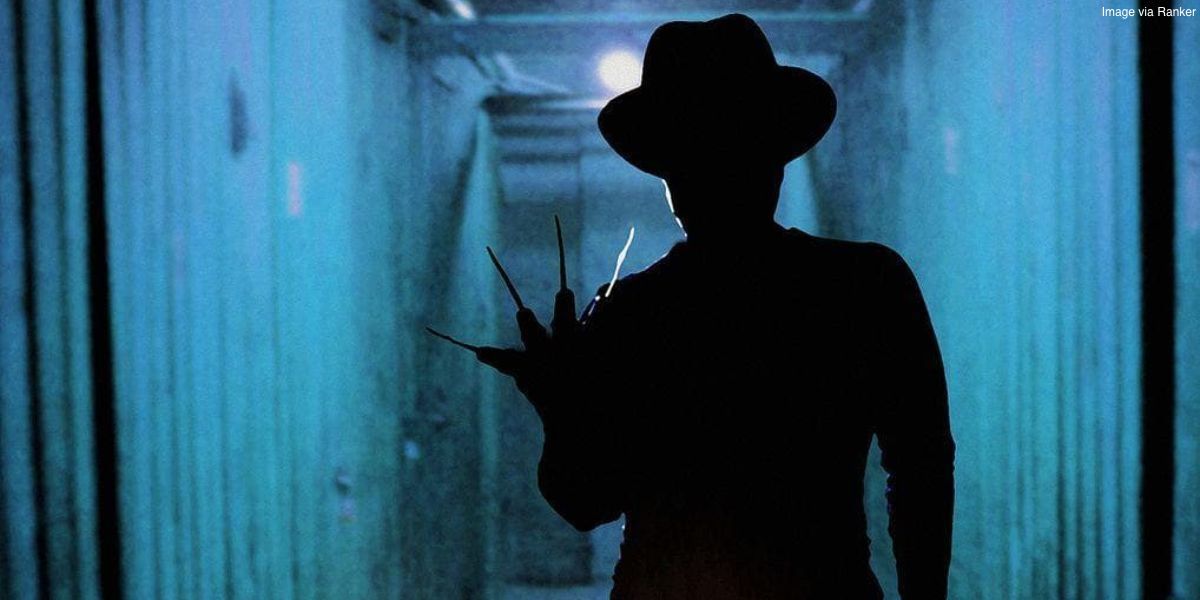
Considered a classic, A Nightmare on Elm Street is a 1984 slasher film that centers around a disfigured man who uses their bladed gloves to attack teenagers who have conducted sexual activities in their dreams. It is later revealed that the mysterious man goes by the name of Fred "Freddy" Krueger (Robert Englund).
A Nightmare on Elm Street has spawned a franchise of six sequels, a television series, and even a crossover with Friday the 13th. The film is commonly praised for its ability to toy with the audience's perceptions and transgress the lines of what is imaginary and real.
'8½'
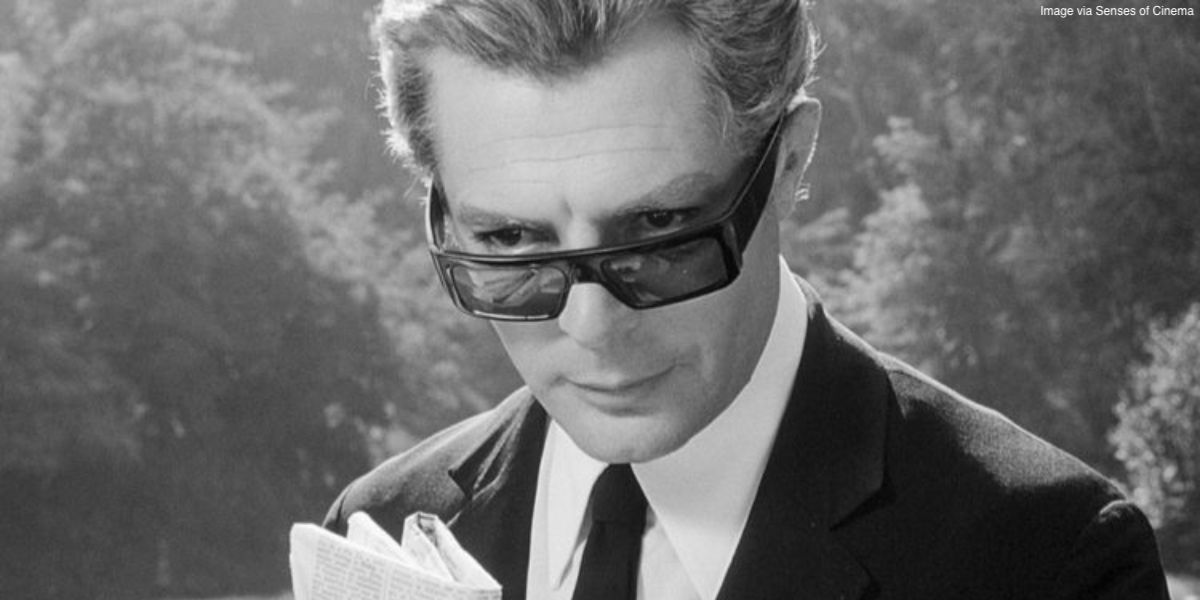
8½ is a 1963 Italian surrealist comedy-drama film co-written and directed by Federico Fellini. The film centers on Guido Anselmi (Marcello Mastroianni), a famous film director suffering from "director's block" when attempting to direct his new science fiction film. Anselmi starts to have recurring visions of an "Ideal Woman" (Claudia Cardinale), who he believes is key to the story of his upcoming film.
While trying to find his story, Anselmi slips between fantasy and reality. In his fantasy world, he masters over a harem of women, but they eventually turn on him and tell him the ugly truths about himself and his sex life. Over time, Anselmi finds the production of his film becoming more personal and autobiographical. What makes the film so spectacular lies in its confusion, dabbling between truths and lies, dream and reality, and other conflicting and opposing values explored in the film - all further supported by the striking visuals and cinematography.
'Mulholland Dr.'
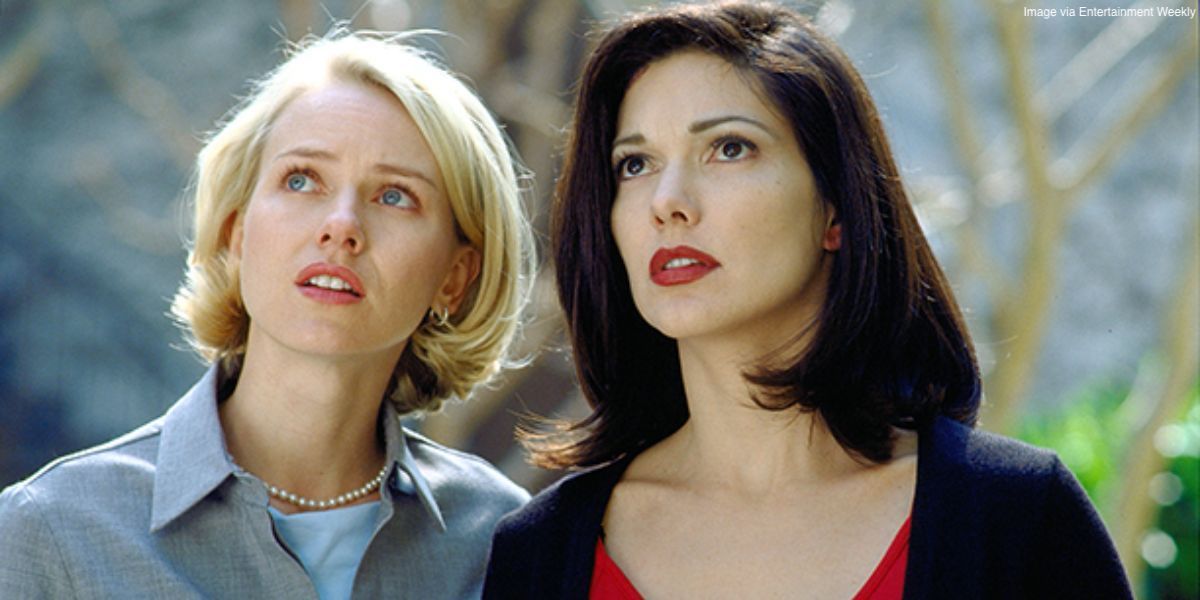
Directed by the master of surrealist filmmaking, David Lynch, is the surrealist neo-noir mystery film Mulholland Drive . The sole survivor of a car crash finds herself on an unfamiliar road in the Hollywood Hills. In an injured and shocked state of mind, she sneaks into a Los Angeles apartment, where aspiring actress Betty Elms/Diane Selwyn (Naomi Watts) is staying. Betty is alarmed after a strange woman appears in her apartment. The woman (the survivor of the car crash), suffers from amnesia and calls herself Rita (Laura Elena Harring) after seeing a poster of the film Gilda, starring actress Rita Hayworth.
To help Rita remember her identity, Betty looks through her purse, where she finds a large sum of money and a mysterious blue key. Set in a dream-like Los Angeles setting, Betty and Rita solve the mystery of Rita's true identity. Because Lynch refuses to comment on the meaning and symbolism of the film, Mulholland Drive has always been up for interpretation.
'Waking Life'
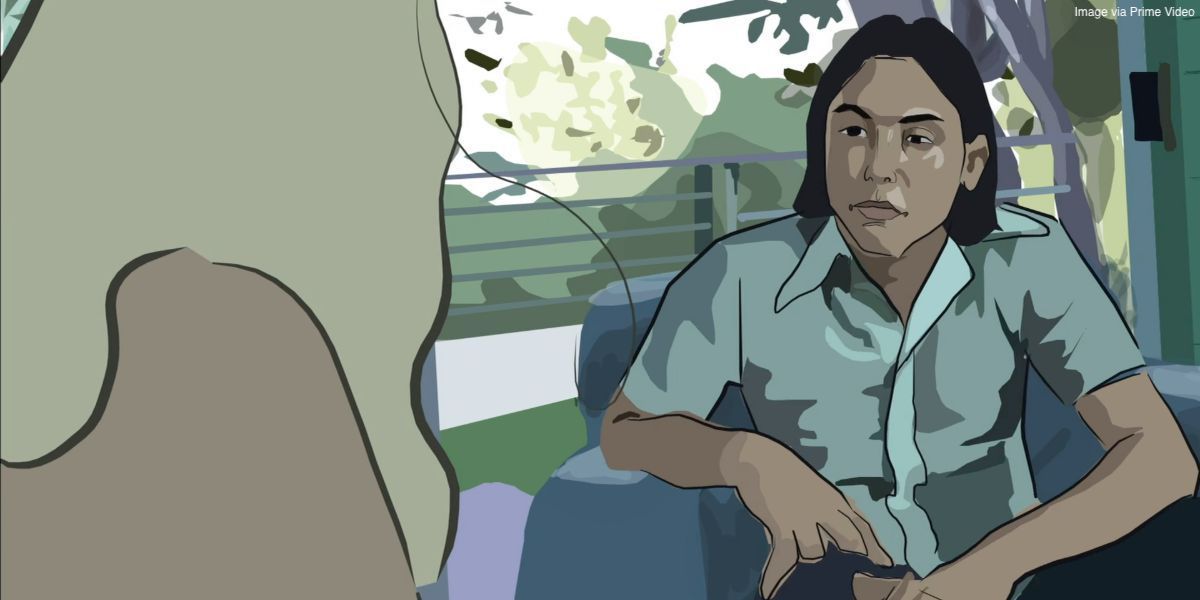
Waking Life is a Richard Linklater experimental animated film that follows an unnamed young man (Wiley Wiggins) who questions his reality and experiences an existential crisis. The protagonist participates in philosophical discussions with other characters ranging from the topics of metaphysics, social philosophy, and the meaning of life. Later, he realizes he is living in a perpetual dream (lucid dreaming) and occasionally gets false awakenings.
In an 2001 interview, Linklater revealed that the idea came to him before he "was even interested in film, probably 20 years ago." and that "to make a realistic film about an unreality the film had to be a realistic unreality." The visual effect in Waking Life is quite unique in that all the characters in the film are exact animated versions of the actual actors; Wiggins, Ethan Hawke, and Linklater are all immediately recognizable as animated versions of themselves.
'Dead of Night'
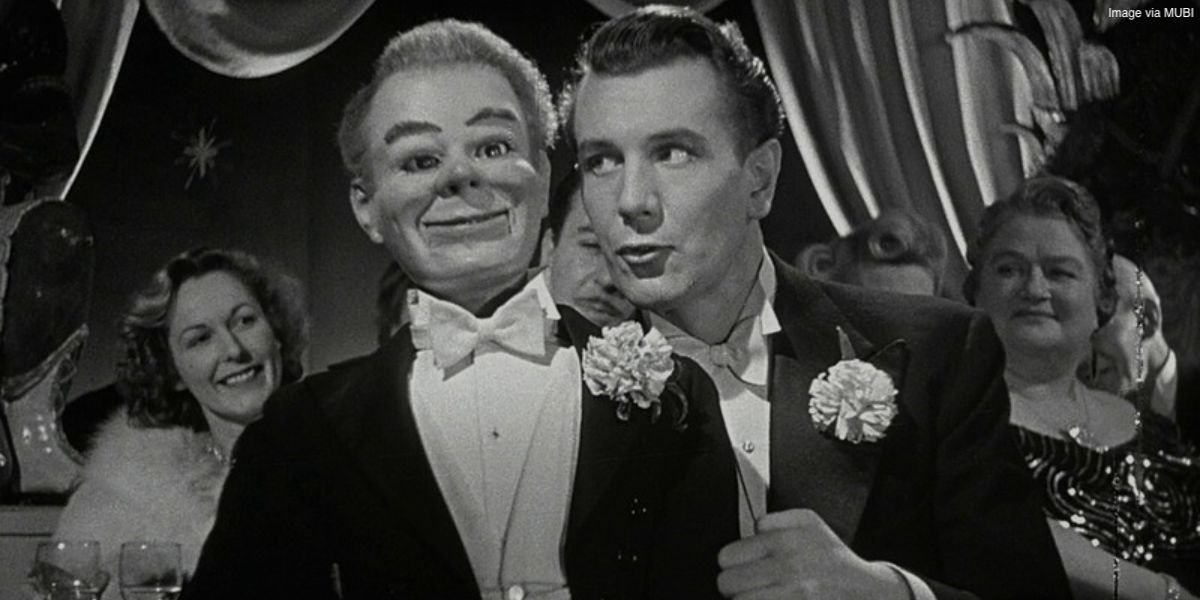
When architect Walter Craig (Mervyn Jones) arrives at a country cottage in Kent, he gets a strange feeling that despite never stepping foot at the cottage nor meeting any of the guests, the place and their faces seem strangely familiar. With no knowledge of their personal lives, Craig can somehow predict the events that would unfold in the house. After experiencing this, the guests begin to unveil strange experiences they have experienced or told about. At the end of the film, however, Walter Craig wakes up in a bedroom as a phone rings, it turns out it was all just a nightmare.
The black and white anthology horror film is separated into different segments depending on the stories told by the guests Craig met in the house: The Hearse Driver, The Christmas Party, The Haunted Mirror, The Golfer's Story, The Ventriloquist's Dummy, and the overarching story at the cottage itself.
'Take Shelter'
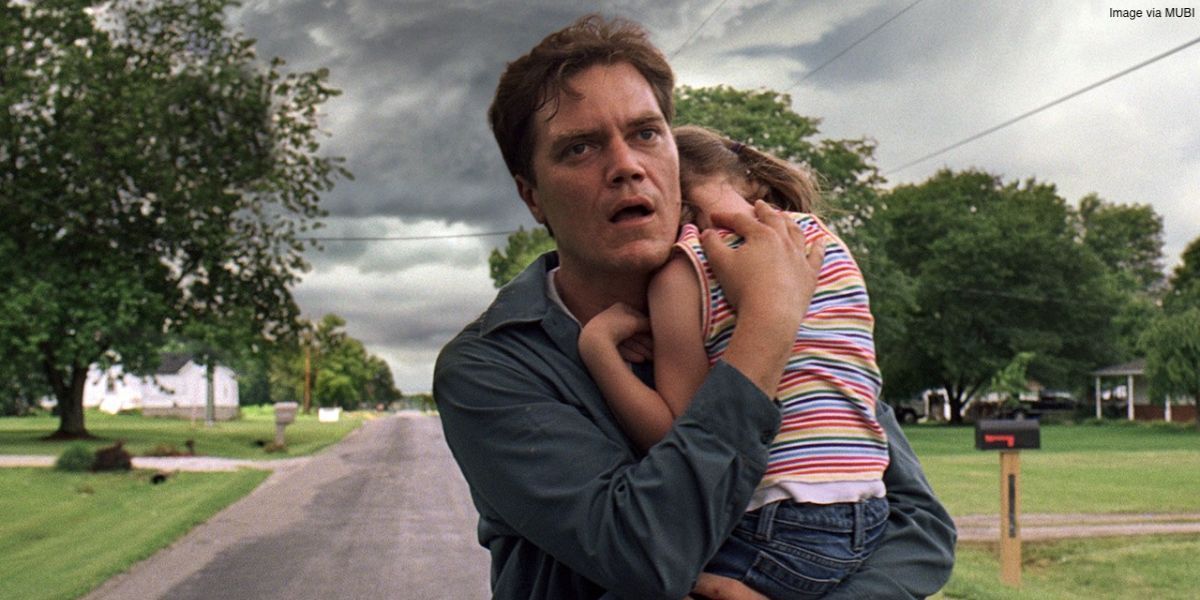
Take Shelter is a psychological thriller film that follows the story of a young husband and father, Curtis LaForche (Michael Shannon), who experiences apocalyptic dreams and visions and is unsure whether to shelter his family from a big storm or from himself due to an increased belief that he has paranoid schizophrenia. The situation gradually damages his relationships with his family, friends, and even his employer as he uses the company's equipment to build his shelter.
The ending was intentionally left ambiguous for the viewers because according to director Jeff Nichols, it doesn't matter whether the whole thing was a dream or reality. All that matters is that Curtis and his wife Samantha (Jessica Chastain) were eventually on the same page again.
'Last Night in Soho'
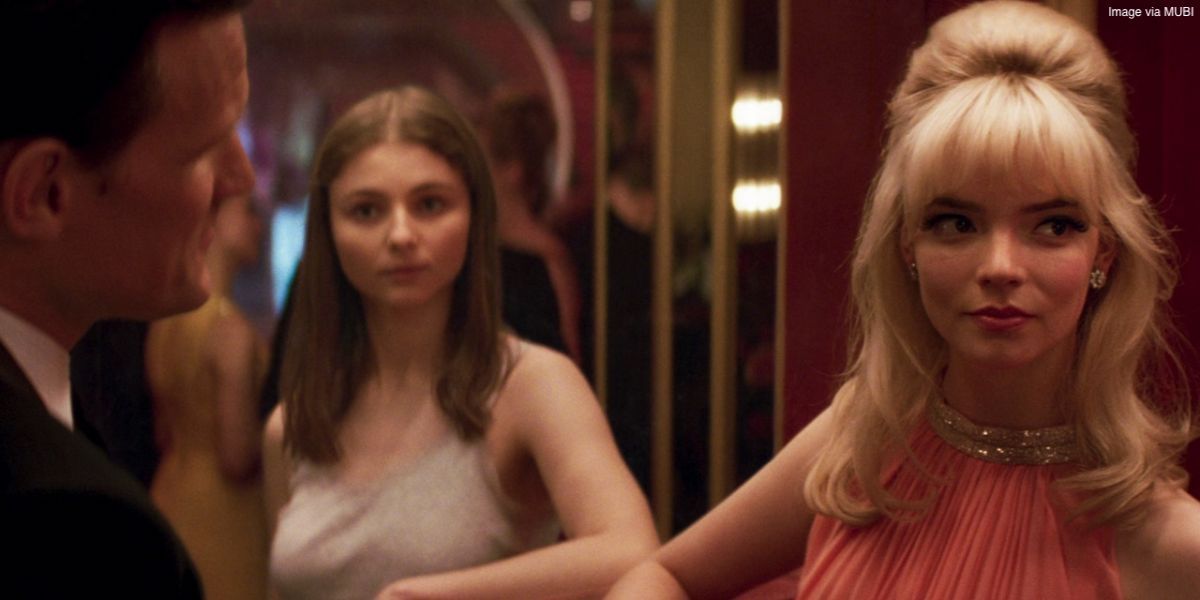
Last Night in Soho follows a fashion student Eloise "Ellie" Turner (Thomasin McKenzie), who dreams of becoming a fashion designer and is particularly attracted to the fashion of the Swinging Sixties. When Ellie moves to a rural home owned by Ms. Collins (Diana Rigg), she starts having vivid dreams which transport her to the 1960s. At a nightclub called Café de Paris in London, Ellie meets an aspiring blonde-haired singer Sandie (Anya Taylor-Joy).
Infatuated with Sandie, Ellie dyes her hair blonde (when she is back in reality) and dresses like her. Things get complicated and dangerous after Ellie realizes that her dreams and reality are intertwined and that Ms. Collins had been Sandie all along.
Source: https://collider.com/thrilling-movies-about-dreams-and-nightmares/

0 Response to "Movie About Dreaming a Continuous Story"
Post a Comment